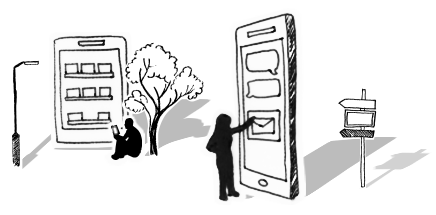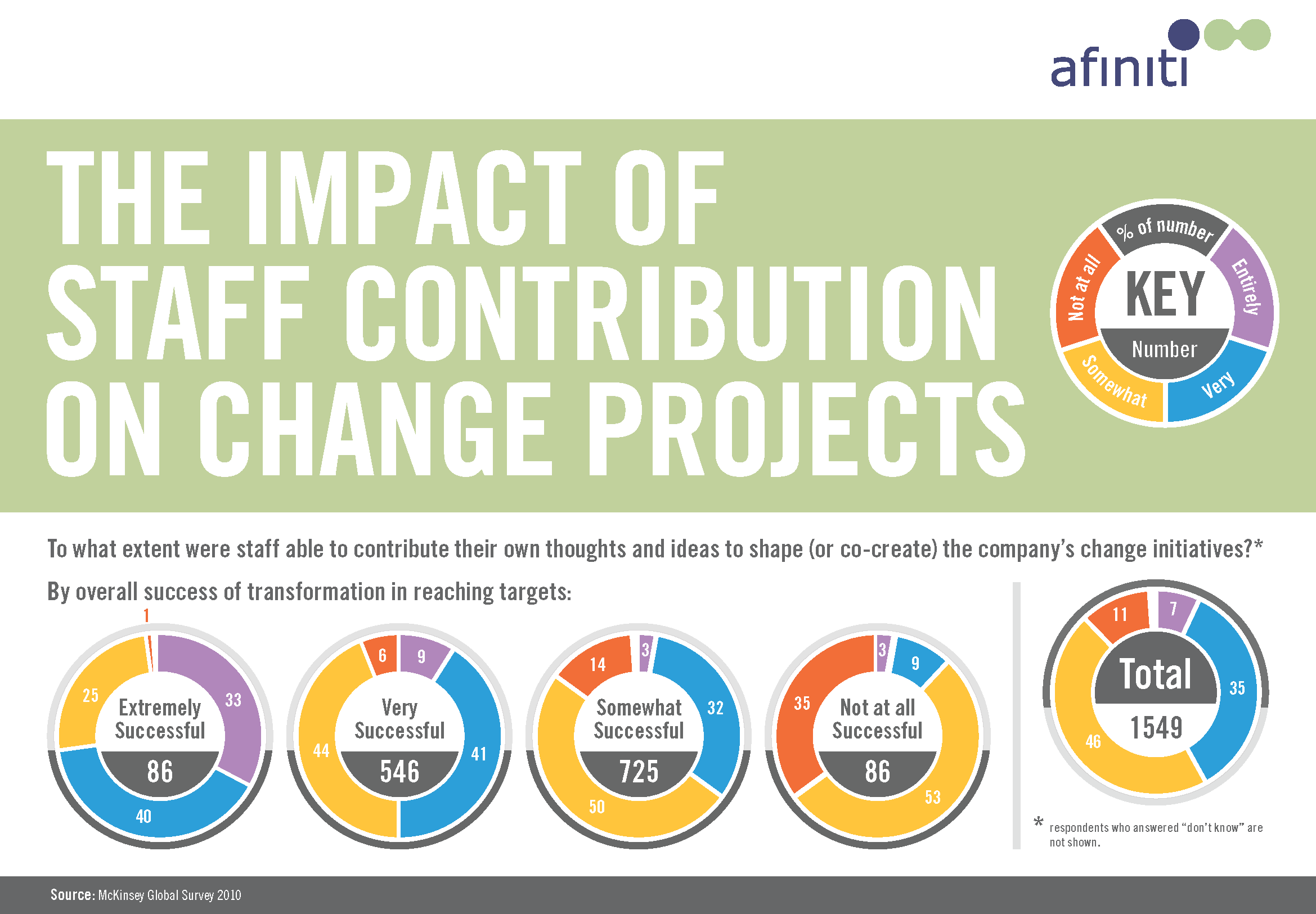




How to Communicate With Your Change Army
The Terracotta Army of 8000 warriors took 720,000 people over 37 years to build.
The original vision for this was grand beyond imagination but it was thanks to all of those workers who created every individually distinct soldier that this amazing relic survives in great detail over 2200 years on.
The point? People drive change, but unlike 2200 years ago, business leaders now need to work with people not just impose orders or tell people what to do. Employee support is crucial for change and people need to be involved and heard.
Nowadays we must go through change and execute on a strategy with people, designing and implementing it together to ultimately realise the benefits.
Engagement and communication works to Make Change Stick– here are some stats showing how engagement effects project outcomes.
If we use positive communication styles and change management approaches together we see really positive results for engagement.
Here are some beneficial communication styles and behaviours:
- Listen and listen again – an important skill anyway, but when times are tough, leaders can almost act like counsellors. It can be incredibly uplifting for an employee to know their leader is listening to their concerns.
- Stay positive – to see possibilities rather than barriers and use to positive language like “we could” rather than “we have to”; and “opportunity” rather than “challenge”.
- Be both personal and visionary! Understand employees’ concerns and dissatisfactions; but know when to play the leader role too and stay future focussed about how and why the business needs to change.
- Be authentic and build trust – the best leaders engage and connect with their people, act with integrity; but above all they care and they demonstrate passion and commitment. Trust is not established oversight, it’s built through series of consistent actions over a period of time; lead by example and walk the talk; volunteer information, but above all deliver on your promises
- Demonstrate empathy – show employees that you care about the wellbeing and their future; take the time to listen and play out some of the concerns; and be honest and realistic about where you can help
Some helpful Change management techniques and activities:
- Plan your communications – Leadership conveys the vision and how the business will reach its goal; local managers provide relevant context and work with people on how change will happen; everyone affected by the change is given the chance to have their say. Change management practices involve stakeholder mapping so the people are considered and given opportunity to have meaningful input through communications planning.
- Build the case for change – communicate the ‘burning platform’ repeatedly; make the drivers for change absolutely clear so that the status quo becomes unfeasible.
- Proactively manage resistance – there are a number of tactics in my earlier blog
The bottom line? Change is all about people no matter the original driver or whether the project is seen as primarily technology or process or operational. The more positively we communicate change, the more we engage people affected by change, the more beneficial and sustainable results will be.
Further resources:
Engagement and communications channels download
To get the latest change tips, advice and guidance directly to your inbox, sign up to our monthly Business Change Digest.


